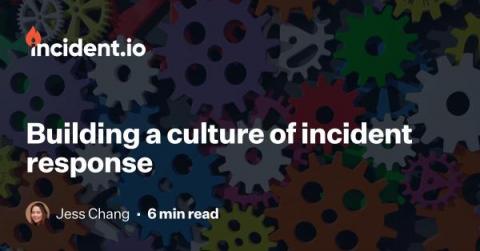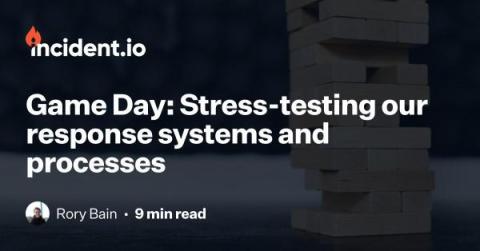Announcing incident.io Status Pages - powering clear external comms to build trust
Clear and frequent communication carries considerable weight in today's era of hyper-competition among businesses—especially during incidents. Because of this, status pages have become the go-to choice for companies looking to prioritize trust, transparency, and clarity with their customers, even during downtime. Unfortunately, current status page solutions have made these communications particularly frustrating and stressful.











